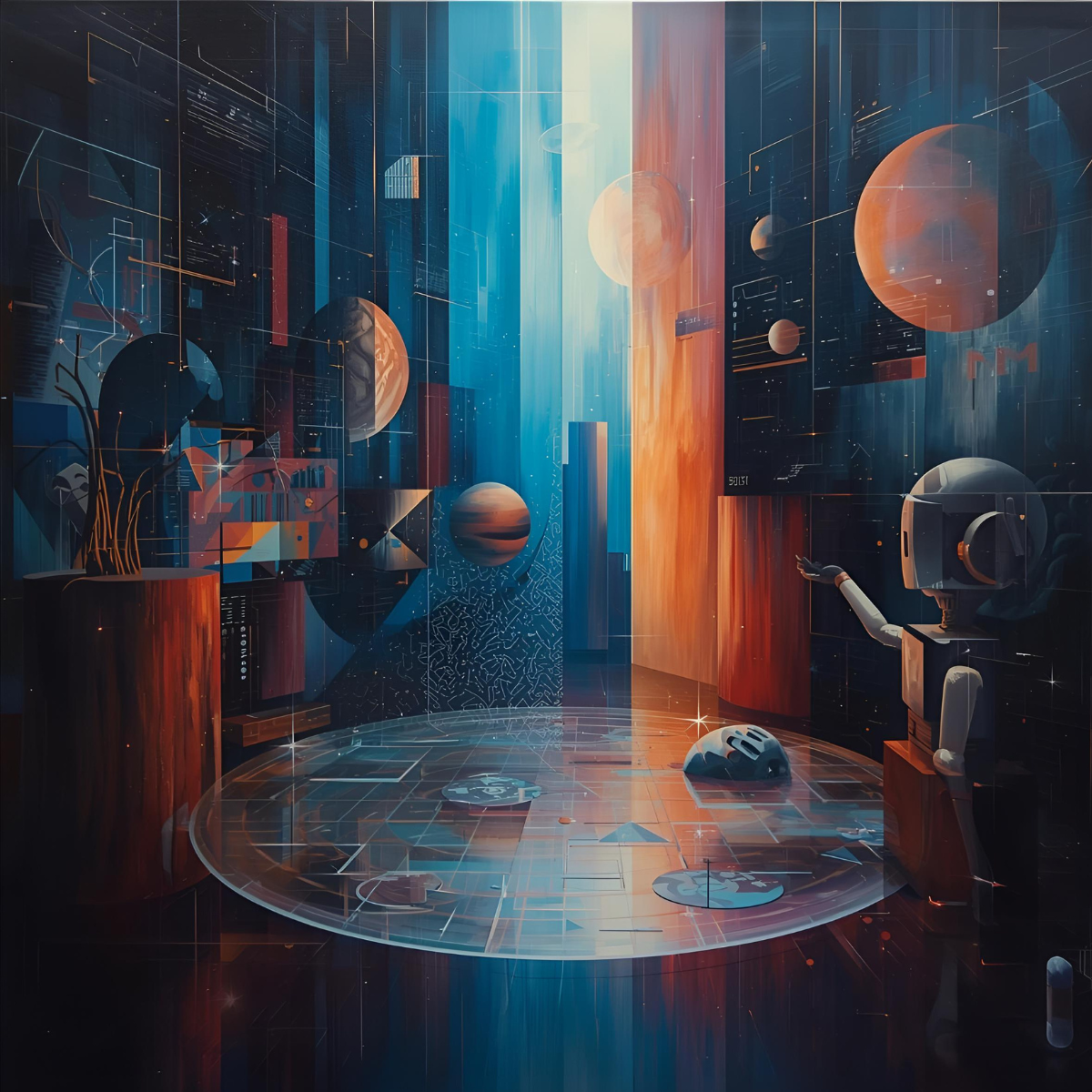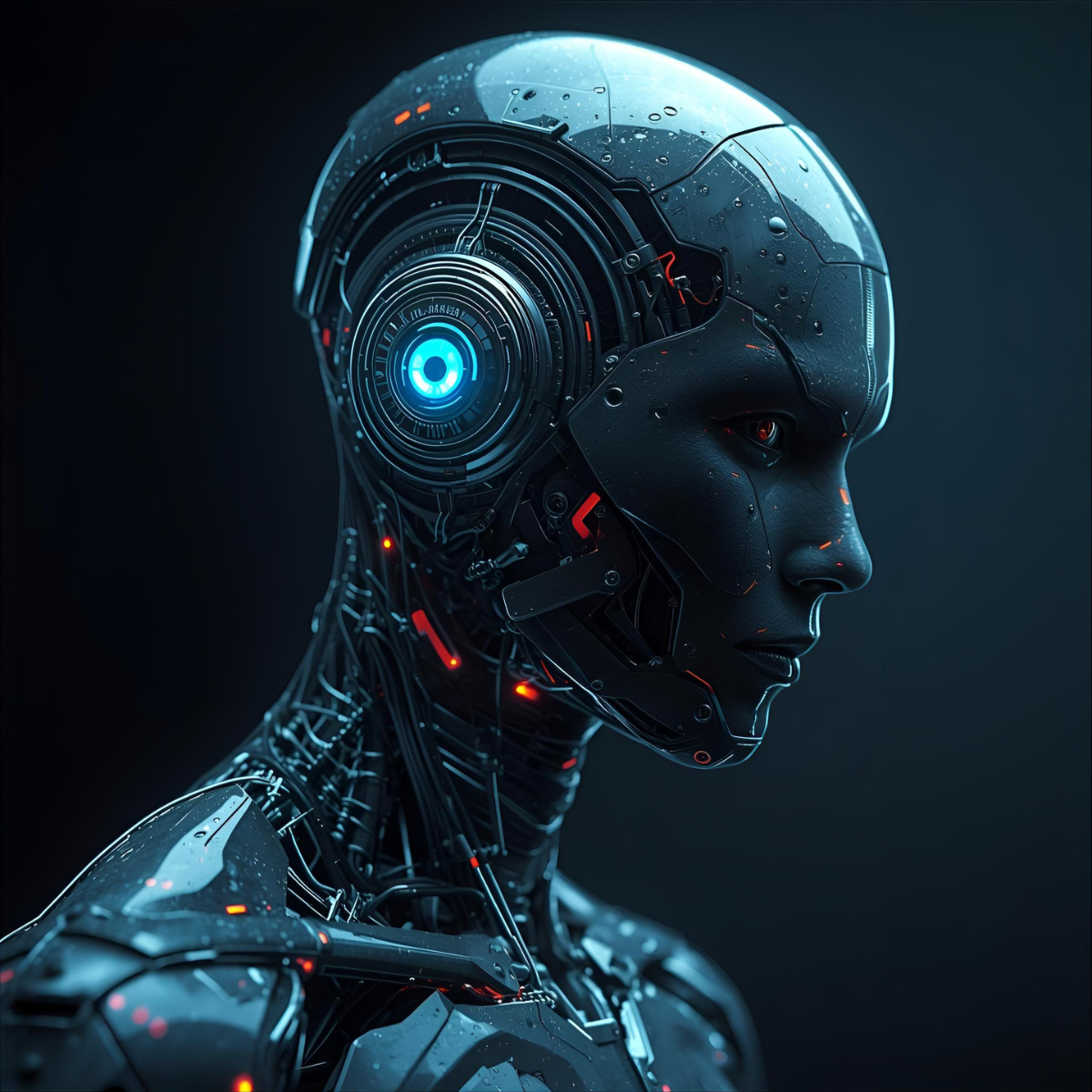
Introduction: The Convergence of AI and XR in Medicine
Medical training is entering a new era. Imagine a trainee performing a virtual heart surgery, where every heartbeat, incision, and complication adjusts in real time to their performance. This is the promise of Generative AI in Extended Reality (XR), the fusion of immersive technology with adaptive intelligence.
While XR (Virtual, Augmented, and Mixed Reality) has already transformed medical education, most existing simulations remain static and scripted. Generative AI changes that by creating dynamic, data-driven learning environments that evolve with each user.
According to Deloitte’s 2025 HealthTech Outlook, adaptive AI-XR tools can accelerate skill mastery by up to 35%. As NVIDIA Clara XR notes, this integration “bridges the gap between theory and clinical readiness.”
For medical institutions, it’s a new standard in training: personalized, scalable, and clinically realistic.
Why Traditional XR Simulations Aren’t Enough
Traditional XR tools have revolutionized how medical professionals learn by providing immersive visuals and interactive environments. However, they often stop short of adaptability. In most systems, every trainee faces the same scripted case, the same symptoms, the same complications, and the same outcomes, regardless of their skill level or decision-making style.
In contrast, real medicine is full of unpredictability.
No two surgeries unfold the same way. No two patients respond identically to treatment. And no two emergencies follow a predictable pattern. Yet, most XR medical simulations are static, designed to repeat predefined procedures rather than replicate real-world variability.
This limitation reduces XR from a living learning experience to a digital textbook. It reinforces memorization instead of fostering reasoning, agility, and problem-solving, the very skills that define a capable clinician.
A 2024 study published in Frontiers in Virtual Learning for Medicine revealed that 68% of trainees using conventional XR platforms felt that their simulations lacked clinical realism. Most reported that while they could practice the “steps,” they couldn’t practice “judgment.”
“Static XR helps learners memorize steps. Generative AI helps them think.”
— Dr. Emily Zhou, Director of Simulation Research, Mayo XR Lab
Generative AI changes this entirely. Instead of repeating one version of a case, AI-driven XR platforms analyze the user’s behavior and modify conditions in real time. For example:
- A trainee performing a virtual appendectomy might encounter unexpected bleeding if their incision angle is incorrect.
- A virtual patient could develop an allergic reaction if a wrong medication is administered.
- The AI could detect hesitation and generate time pressure or alternative diagnoses to challenge the trainee’s composure and adaptability.
At Uverse Digital, we see this limitation every day when clients approach us with static XR training systems that fail to engage or scale. Our healthcare simulation specialists design adaptive, AI-powered XR experiences that react to each trainee’s decisions, creating more realistic, data-driven learning paths.
By combining XR design, 3D modeling, and AI integration, we help medical institutions move from repetitive practice to truly intelligent skill development.
Generative AI, The Engine Behind Adaptive Medical XR
If XR provides the stage for immersive training, Generative AI in Extended Reality is the director, guiding, adapting, and rewriting the scene in real time.
Unlike static AI models that follow pre-set responses, Generative AI systems create new data, scenarios, and environments from scratch, allowing every learner’s experience to be unique.
At its core, Generative AI brings three critical capabilities to medical XR: adaptability, realism, and autonomy.
-
Adaptability: Real-Time Response to Human Behavior
Generative AI reads a learner’s actions, their precision, pace, and even hesitation and tailors the simulation accordingly.
If a trainee’s diagnosis is delayed, the AI might introduce a complication such as a sudden drop in oxygen levels or a cardiac arrest scenario. If a surgeon performs confidently, the AI increases complexity, introducing rare conditions or unexpected anomalies to maintain challenge.
This real-time feedback loop mimics the variability of real clinical environments, where uncertainty and decision-making under pressure define outcomes.
“In traditional XR, the simulation waits for the user. In AI-powered XR, the simulation moves with them.”
— Dr. Victor Renaud, Senior Researcher, NVIDIA Healthcare AI
-
Realism: Creating Dynamic, Clinically Accurate Environments
Generative AI can synthesize entire medical environments, from the texture of human tissue to patient reactions and lighting shifts in an operating room.
GANs (Generative Adversarial Networks) are particularly effective here. By learning from vast libraries of medical imagery, GANs can generate hyper-realistic visuals of organs, skin textures, or surgical incisions, each slightly different to reflect natural variation.
For example:
In a neurosurgery simulation, AI may adjust tissue resistance and bleeding patterns based on virtual instrument movement.
This level of detail trains clinicians to observe, adapt, and respond to the nuances that define real medicine, far beyond what pre-rendered XR environments can offer.
-
Autonomy: Simulations That Think for Themselves
Generative AI also enables autonomous scenario generation.
Instead of developers manually designing every case, the AI can build new simulations on demand, creating rare complications, regional disease variations, or even novel treatment pathways based on the latest research data.
For instance, using data from recent medical studies, a generative model can instantly produce new training modules for emerging infectious diseases, ensuring learners stay current.
This autonomy turns XR into a living platform, one that evolves continuously without the need for constant manual updates.
-
Core Technologies Driving Generative AI in XR
A blend of advanced AI models powers this adaptive learning engine:
- GANs (Generative Adversarial Networks): Generate ultra-realistic anatomy, textures, and dynamic visuals.
- LLMs (Large Language Models): Drive conversational “AI patients” and virtual instructors that communicate naturally.
- Reinforcement Learning (RL): Observes user behavior, adjusting difficulty and pacing based on skill mastery.
- Diffusion Models: Create environmental depth, lighting realism, and subtle details like fluid dynamics or facial micro-expressions.
When combined within an XR engine like Unreal, Unity, or NVIDIA Omniverse, these technologies build multi-sensory, responsive simulations that react to every decision the trainee makes.
-
The Result: Learning That Learns Back
Traditional learning platforms record progress but Generative AI-powered XR learns from the learner.
Each user interaction becomes data, feeding into an ongoing improvement cycle. Over time, the system refines itself, understanding how real people respond, where they struggle, and how to challenge them more effectively.
This creates a truly adaptive ecosystem where:
- The simulation improves with every session.
- The learner evolves through real-time challenge.
- The institution gains a continuously updated training library driven by AI insight.
Generative AI doesn’t just power XR; it transforms it into an intelligent partner in skill development, one that evolves alongside the medical professionals it trains.
Real-World Applications in Healthcare Training
-
Surgical Training
Generative AI brings infinite variability to surgical education.
At Cleveland Clinic’s XR Center, AI tracks surgeon motion and dynamically introduces new complications. Harvard’s 2025 Medical Simulation Study found trainees using adaptive XR improved procedural accuracy by 42% and recovered from mistakes 29% faster.
-
Emergency and Trauma Response
In emergency care, Generative AI simulates unpredictable events; shifting vitals, chaotic environments, and time pressure.
Clinic’s XR Labs use AI-based trauma simulations to measure composure and decision-making.
-
Empathy and Communication
AI-enhanced XR patients respond emotionally through language and tone recognition, helping clinicians practice empathy.
Stanford’s Virtual Human Lab (2025) found AI-driven empathy training improved clinician communication by 38%.
-
Collaborative Learning
Through cloud-based adaptive XR, doctors across the globe can join shared virtual operating rooms.
At King’s College London, Microsoft Mesh enables global co-training sessions, where AI adjusts variables for each participant.
These applications prove that Generative AI makes XR not just interactive but alive, evolving, and individualized.
Technical Framework: How Generative AI Powers
The engine behind adaptive XR is a closed intelligence system integrating data, AI, and real-time rendering:
- Data Layer: Uses anonymized patient data and AI-generated synthetic datasets for medical realism.
- AI Core: GANs, LLMs, and RL models create and adapt content dynamically.
- XR Engine: Platforms like Unity, Unreal Engine, and NVIDIA Omniverse render and sync environments in real time.
- Feedback Loop: Every decision feeds back into the AI, evolving future scenarios and skill assessments.
This architecture turns XR into a self-learning system, capable of continuously refining training content.
At Uverse Digital, we leverage our full-stack XR & AI development capabilities, from VR/AR/MR design, 3D modeling & animation, to healthcare XR simulations, to build the kind of adaptive, generative systems we discuss above. Whether integrating AI modules into Unity or designing custom UI/UX for XR headsets, our team bridges the gap between research and deployable solutions.
Industry Insights & Expert Perspectives
The AI–XR healthcare market is forecasted to hit $12.5 billion by 2030 (Deloitte 2025), driven by scalable, data-driven training platforms.
Tech leaders are driving adoption:
- NVIDIA enables generative rendering for collaborative simulations.
- Microsoft Mesh merges conversational AI with holographic learning.
- Varjo delivers ultra-realistic, eye-tracked XR headsets for clinical precision.
Academia validates these advances:
Mayo Clinic saw 50% faster skill acquisition through AI-adaptive XR; Harvard Medical Review (2024) reported 40% higher retention rates in generative environments.
“We’re training for resilience, not repetition.” — Dr. Samuel Greaves, Stanford XRI.
Challenges and Ethical Considerations
As Generative AI grows in healthcare, it introduces new ethical and technical responsibilities:
- Bias & Representation: Models must reflect real-world diversity to avoid clinical bias.
- Data Privacy: Compliance with HIPAA and GDPR requires fully anonymized or synthetic data.
- Model Accuracy: All AI-generated content must be validated by medical experts to prevent misinformation.
- Emotional Safety: Adaptive XR must include realism controls and psychological support.
- Regulatory Oversight: Bodies like FDA and WHO are working toward AI–XR certification standards.
Uverse Digital ensures every project follows privacy-by-design, human-in-the-loop validation, and bias mitigation protocols to maintain clinical integrity.
Future Outlook: The Road to Intelligent Medical Ecosystems
Generative AI in Extended Reality are moving from training rooms to operating theaters and diagnostics.
Future systems will integrate digital twins, predictive modeling, and edge-AI XR assistants that guide clinicians in real procedures.
Hospitals will host self-evolving learning systems, AI models that refine themselves based on outcomes and interactions.
At Uverse Digital, we envision intelligent, networked XR ecosystems that make healthcare safer, more human, and endlessly adaptive.
Conclusion: The New Era of Intelligent Immersion
The fusion of Generative AI and XR marks a turning point in medicine.
By transforming simulation into a living, learning experience, it builds a generation of practitioners who think faster, empathize deeper, and perform better.
At Uverse Digital, we help healthcare organizations harness this transformation, designing ethical, data-driven XR solutions that deliver measurable learning outcomes and long-term innovation.
Partner with Uverse Digital
Let’s co-create the future of immersive healthcare.
Contact us: www.uversedigital.com/contact
About the author : M.Uzair Ahmad
Stay Ahead of the Game
Get XR insights, dev tips, and industry updates straight to your inbox
Join our insider list for cutting-edge content on game development, performance optimization, and immersive experiences — curated for industry leaders like you.



